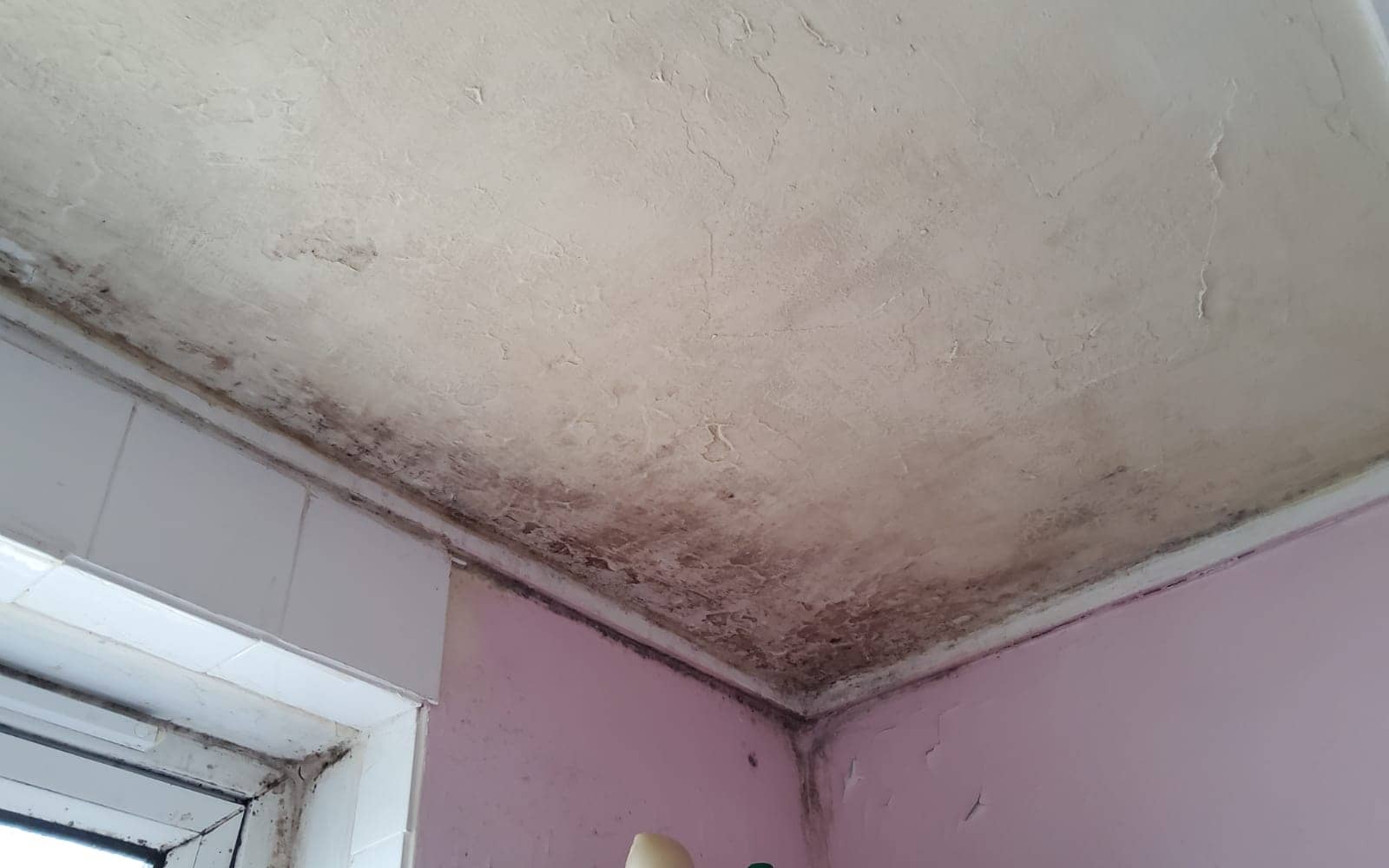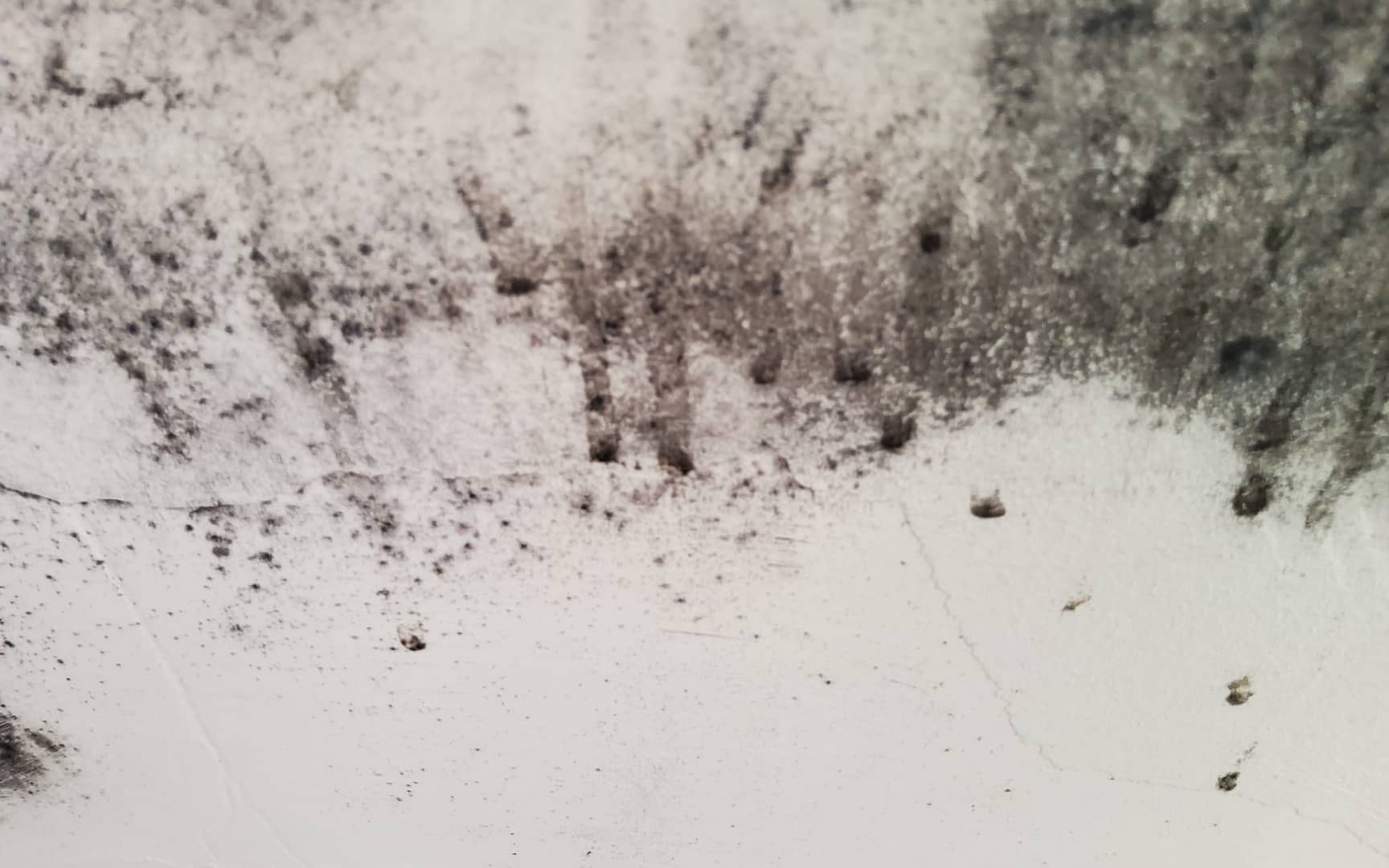Dampness is a common disrepair issue and can be a silent intruder, creeping into our homes without a formal invitation. It’s the unwelcome guest that, if left unchecked, can wreak havoc on the structural integrity of your abode and, more importantly, on your health. Let’s embark on a journey to uncover the subtle signals that your home might be sending out, indicating the early presence of dampness.
The Damp Chronicles Begin
Picture this: a cosy evening at home, perhaps rain tapping lightly on your window panes, a hot cup of tea in hand, and suddenly, you notice a peculiar stain on your ceiling. It might seem innocent at first, but that discoloured patch could be the first whisper of dampness settling in. Spotting the early signs of damp in your home starts with a keen eye for these subtle marks on your walls and ceilings.
The Visual Clues
Water Stains: One of the earliest signs of dampness is the appearance of water stains. These unsightly blemishes can manifest on walls or ceilings, often in the form of brownish patches. They’re like nature’s own way of highlighting where trouble might be brewing.
Peeling Wallpaper: Your wallpaper might start to betray the secret life of dampness within your walls. If you notice it peeling away or bubbling, it could be an indication that water is making its way behind the scenes.
An Olfactory Adventure
They say our sense of smell is closely linked to memory, but in the case of dampness, it’s a scent you’d rather forget. Dampness has a distinctive, musty odour that often precedes visible signs. It’s the olfactory alarm that should prompt you to investigate further.
The Touch Test
Damp or Cold Patches: Sometimes, feeling your way around can be the most revealing. Touch your walls. Do they feel unusually cold or damp to the touch? If so, it’s time to delve deeper into the damp detective work.
Unveiling the Dangers
Now that we’ve established how to spot the early signs, let’s delve into why dampness is more than just a cosmetic concern. Understanding the dangers of dampness and mould is crucial for maintaining a healthy living environment.
Health Hazards
Respiratory Issues: Dampness provides an ideal breeding ground for mould, and inhaling mould spores can lead to respiratory problems. Conditions like asthma and allergies may worsen, affecting both adults and children.
Weakening Immune System: Prolonged exposure to damp and mould can compromise your immune system. It’s like inviting an unwelcome guest to stay longer, one that weakens your defences against common illnesses.
Structural Conundrums
Structural Damage: Beyond health concerns, dampness can erode the very foundation of your home. It weakens the structural integrity of walls and ceilings, potentially leading to costly repairs.
Aesthetic Decline: Imagine investing time and effort into maintaining a beautiful home, only to watch it succumb to the unsightly effects of dampness. Peeling paint, stained walls, and a generally dilapidated appearance can be the aftermath.
Fighting Back Against Dampness
Now that we’ve navigated the realm of dampness and its perils, let’s explore ways to prevent and combat this stealthy invader.
Ventilation, Your Ally
Good Ventilation Practices: Ensure your home is well-ventilated. Proper airflow reduces the accumulation of moisture, making it harder for dampness to take root.
Moisture Management
Effective Moisture Control: Address the root cause of dampness by identifying and fixing any leaks or water ingress points. Regularly check your roof, windows, and pipes for potential vulnerabilities.
The Role of Humidity
Keep Humidity in Check: Invest in a dehumidifier to regulate indoor humidity levels. Maintaining a humidity level below 60% significantly inhibits the growth of mould.

Making a Housing Disrepair Claim with National Claims
Should you find yourself facing the daunting reality of dampness wreaking havoc in your home, National Claims is here to guide you through the process of making a housing disrepair claim. Our team understands the intricacies of addressing dampness-related issues and is committed to ensuring that you receive the compensation and support you deserve. Contact us today to initiate the steps towards a healthier, safer home.
Conclusion
In the grand narrative of homeownership, spotting the early signs of dampness is akin to deciphering a cryptic message from your home. It requires a keen eye, a discerning nose, and sometimes, the courage to touch the unknown. Understanding the dangers that lurk behind these signs is the first step towards safeguarding your home and the health of your loved ones.
So, the next time you catch a glimpse of a water stain or catch a whiff of that musty scent, don your detective hat and embark on a mission to unveil the mysteries of dampness. Your home will thank you for it, and so will your well-being.
Start your claim today with the help of one of our claims specialists by getting in contact with us.
Click below to see why we are one of the most trusted claims management companies in the UK.

We’re proud of our excellent customer reviews
We thrive on delivering exceptional service and ensuring our clients’ satisfaction. Don’t just take our word for it. Check out some of our independent reviews to see what our clients have to say.
Excellent

This firm is excellent, they sorted out my car pay out and injury claim very fast, they always communicate with you all the time.

My accident case was dealt with confidence and with great result of the outcome, especially James kept me informed all the time.

I was very impressed at the way my inquiry was treated. I was listened to attentively and everything I needed to know was explained to me.






